
Ah, summer in Australia —the season of sunshine, beach days, and ice cream! But for new parents, it also comes with a question: How do you keep your little one cool when the weather turns up the heat? Babies can’t tell us when they’re too hot, so let’s talk about some easy ways to keep them comfy and safe while you enjoy the summer fun.
Understanding the Risks of Overheating in Babies
Babies are little heat sponges! With a higher surface area compared to their tiny bodies, they soak up heat faster than adults. Plus, their sweat glands are still growing, so cooling off through perspiration is a bit tricky. That means they can be more prone to heat rash, and heat exhaustion.
Spotting the Signs of a Too-Warm Baby
Not sure if your baby is feeling the heat? Look for flushed cheeks, extra fussiness, or if they seem restless when trying to nap. A sweaty forehead or rapid breathing are other clues. Babies can’t cool down as easily as adults, so they rely on you to keep things chill (literally).

Differentiating Normal Temperature Fluctuations from Concerning Symptoms
It’s totally normal for your baby’s temperature to go up and down a bit during the day, especially when it’s warm out. If your little one is feeding happily, staying active, and their skin looks healthy, chances are they’re just fine! But if their temperature stays above 38°C or below 36.1°C (97°F), it’s a good idea to give your pediatrician a call—just to be on the safe side.
Cool Tips for Hot Days in Summer

-
Light Layers, Big Smiles:
Dress your baby in soft, breathable fabrics like organic cotton. BabyDink’s carriers are perfect here—they’re lightweight and designed to keep you both cool and snug. Pro tip: Dress baby in a nappy only, and the soft straps of BabyDink will act as their clothing. -
Hydration Station:
For babies under six months, offer more frequent breastfeeds or formula. Older babies can sip some cooled, boiled water. -
Dress for the Weather:
Keep your baby cool and comfy by dressing them in loose, breathable fabrics like cotton, linen, or bamboo, which allow air to flow and help wick away sweat. Light colours are a bonus, as they reflect sunlight and keep them from getting too hot. And remember, less is more! One lightweight layer is usually all they need to stay cool and comfortable in warm weather.
-
Create a Cool and Comfortable Environment:
-
Stay in the Shade: A wide-brimmed hat and time in the shade are your summer BFFs. Bonus points if you bring along a beach umbrella!
-
Stay indoors during peak heat: Avoid going out during the hottest part of the day (usually between 11 am and 3 pm).
-
Cool baths or sponge baths: A lukewarm bath or sponge bath can help cool your baby down quickly.
-
Use sunscreen: For babies over six months, apply a broad-spectrum, water-resistant sunscreen with an SPF of 30 or higher to exposed skin. Always test the sunscreen on a small area of skin first to check for any allergic reactions.
-
Strategic Babywearing:
-
Choose Breathable Baby Carriers like BabyDink: Opt for a carrier made from lightweight, breathable fabrics like organic cotton. BabyDink carriers are designed with this in mind.
-
Limit wearing time in hot weather: While babywearing can be convenient, it can also generate heat. Take frequent breaks and monitor your baby for signs of overheating.
-
Positioning: Ensure proper positioning to allow for airflow and avoid overheating.
Quick Cool Down Tricks
If you suspect your baby is overheating:
-
Remove excess clothing: Take off any extra layers of clothing.
-
Move to a cool place: Take your baby to a shaded or air-conditioned area.
-
Cool down with a damp cloth or lukewarm bath: Gently apply a cool, damp cloth to their skin or give them a lukewarm bath.
-
Offer fluids: Offer breast milk, formula, or water (if age-appropriate).
-
Monitor their temperature: Always check their temperature regularly.


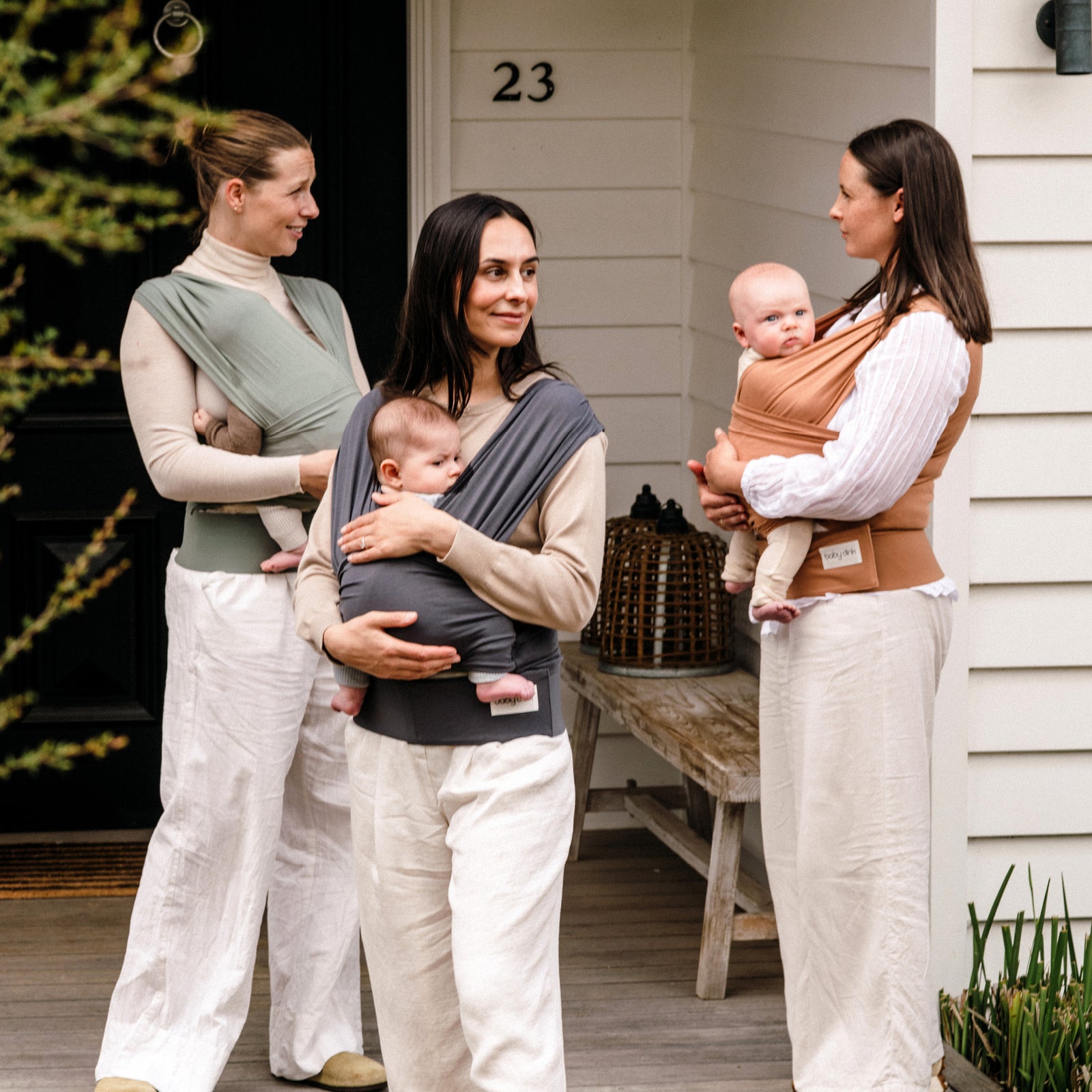
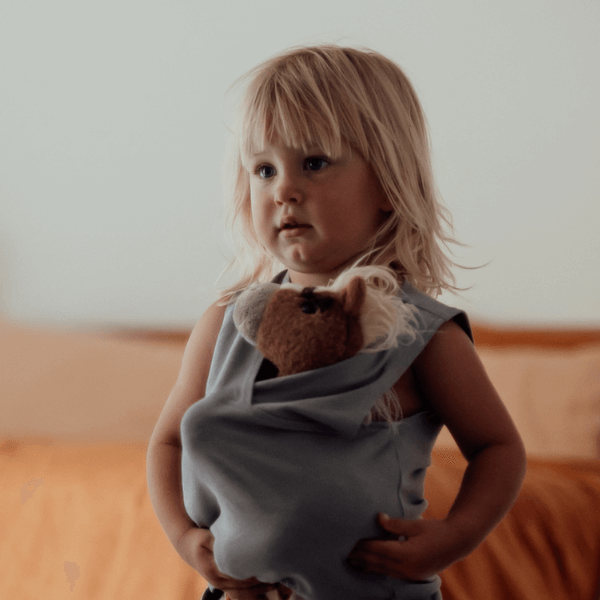
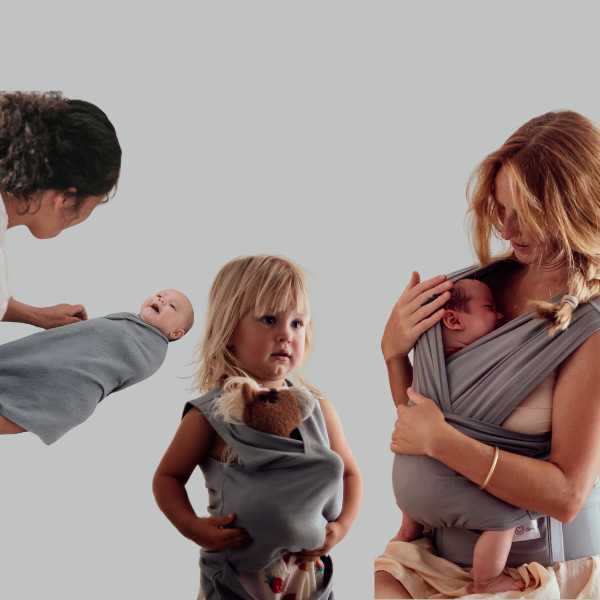
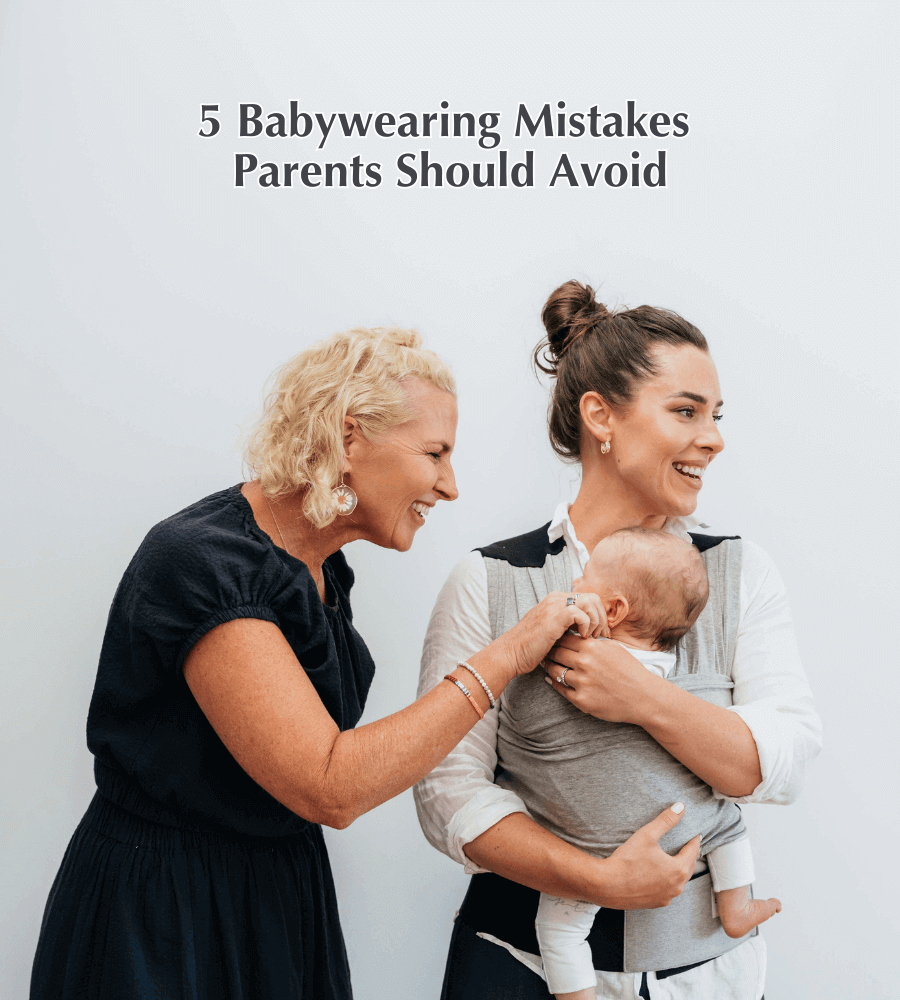
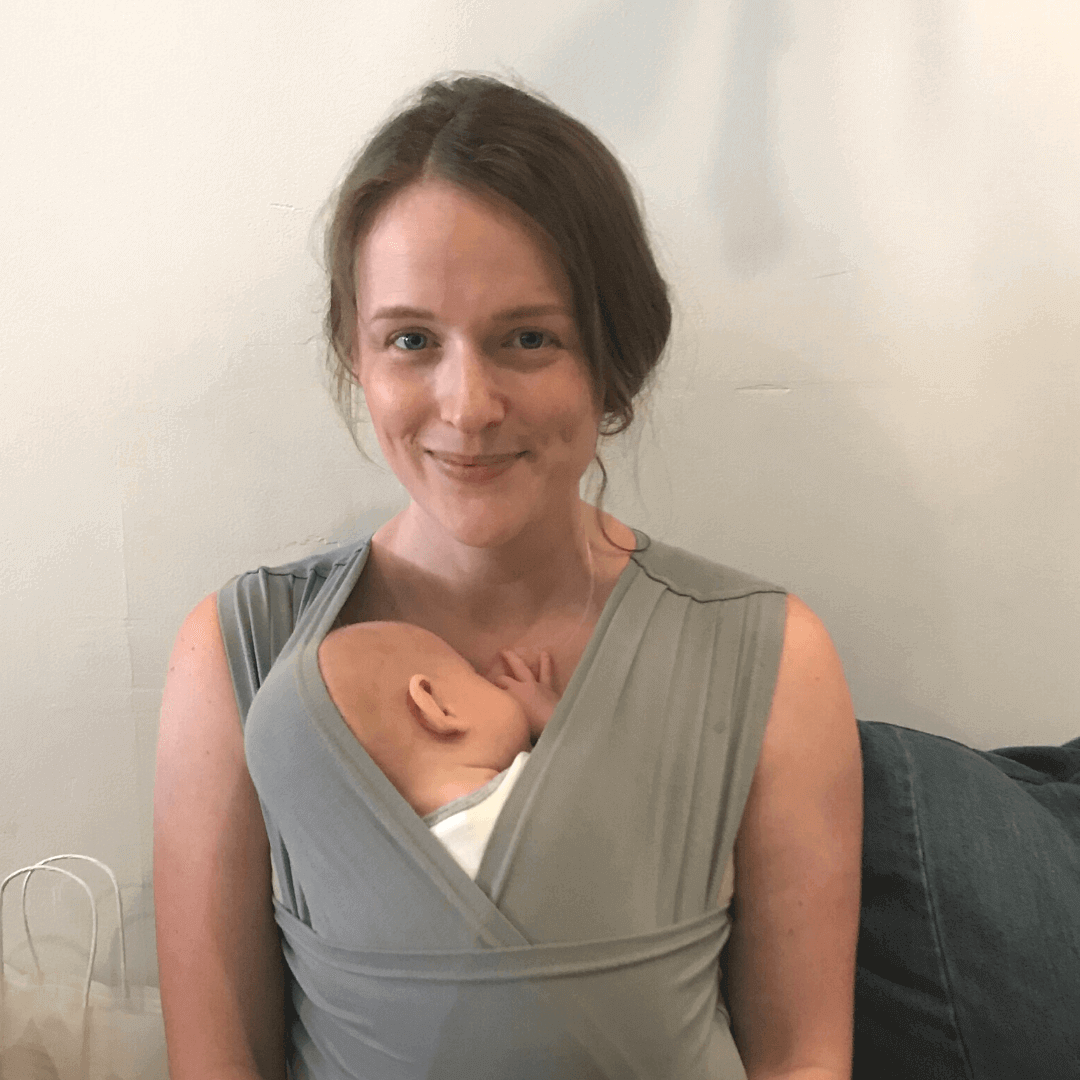
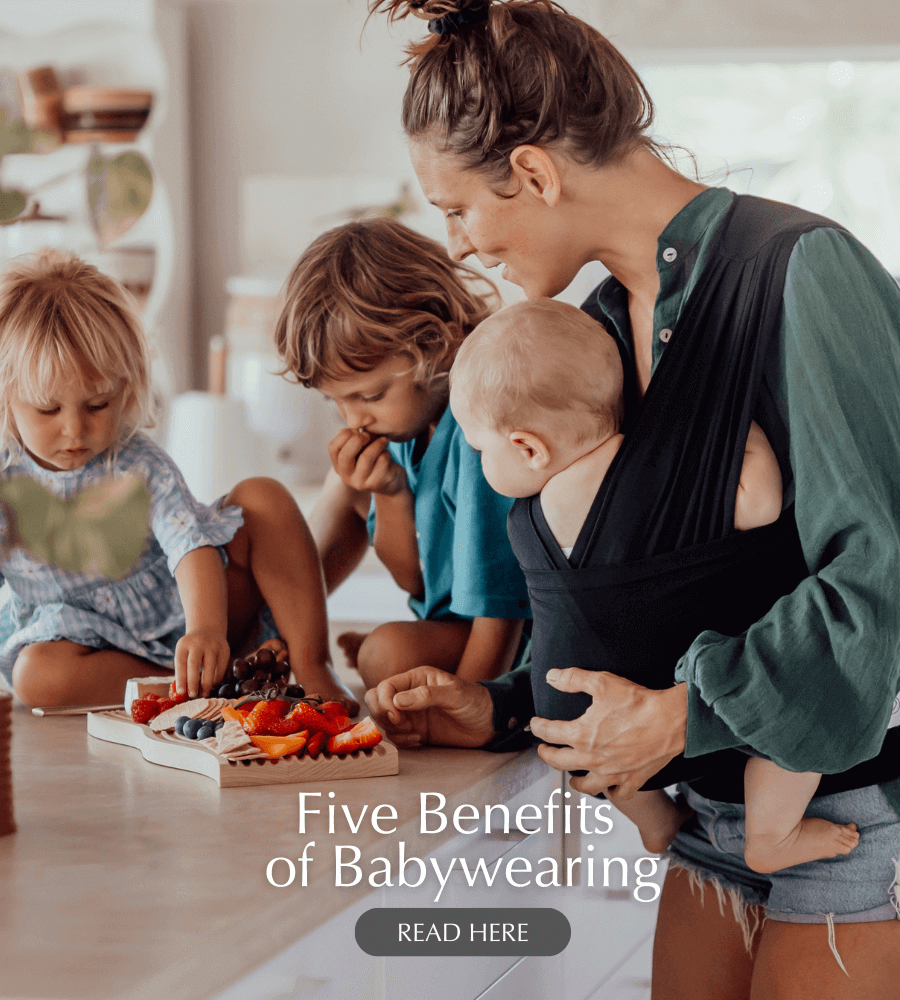
Leave a comment (all fields required)